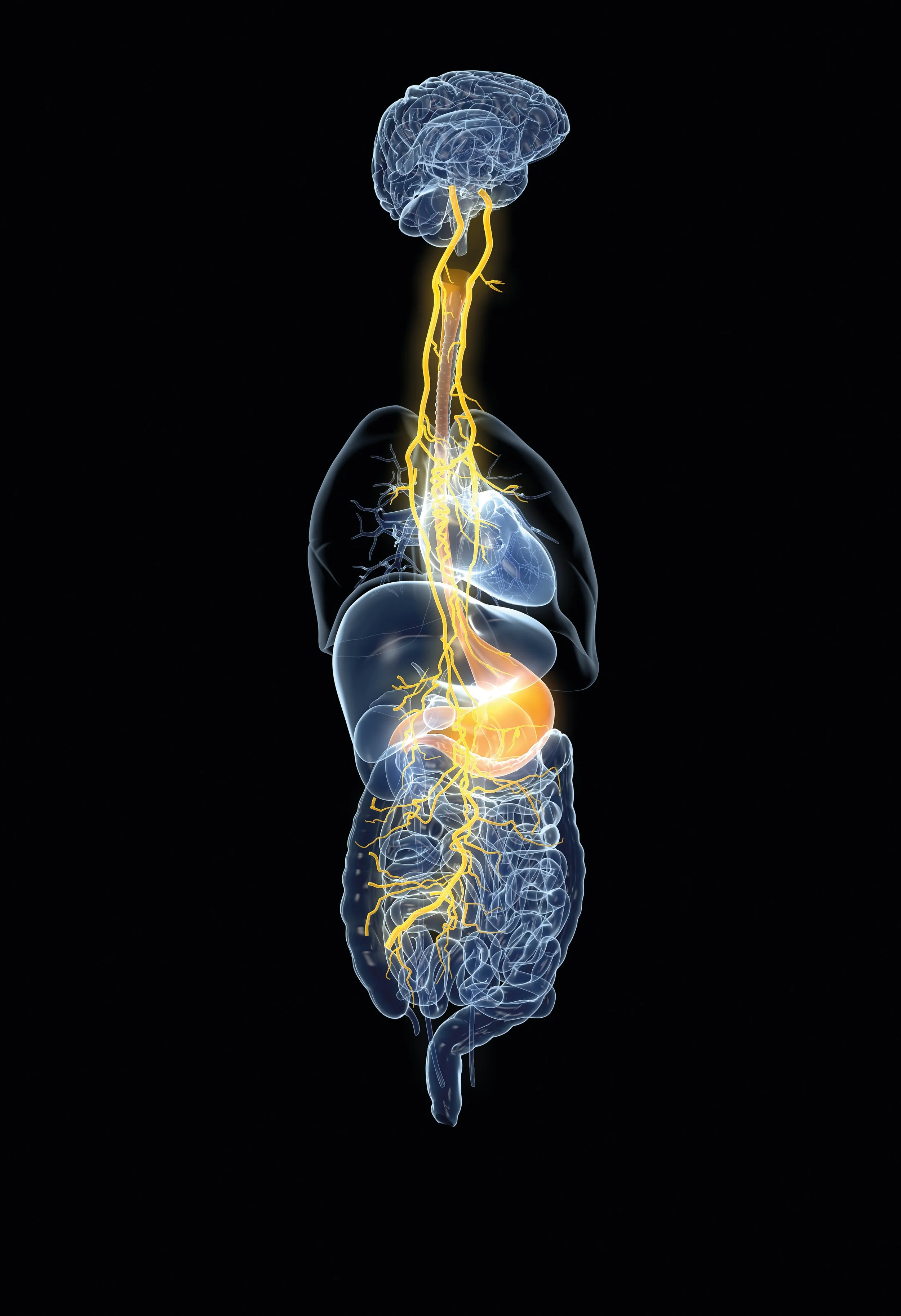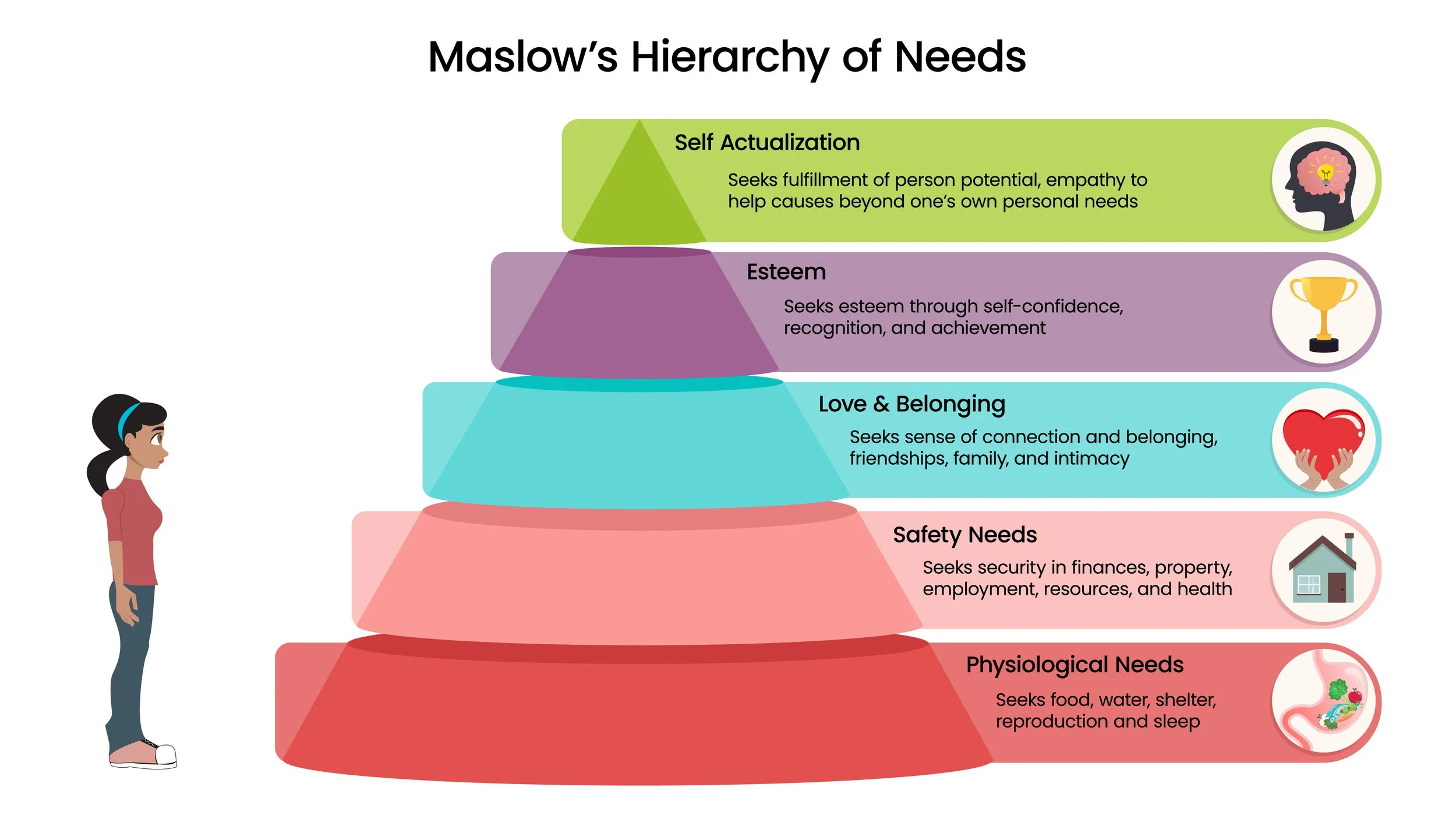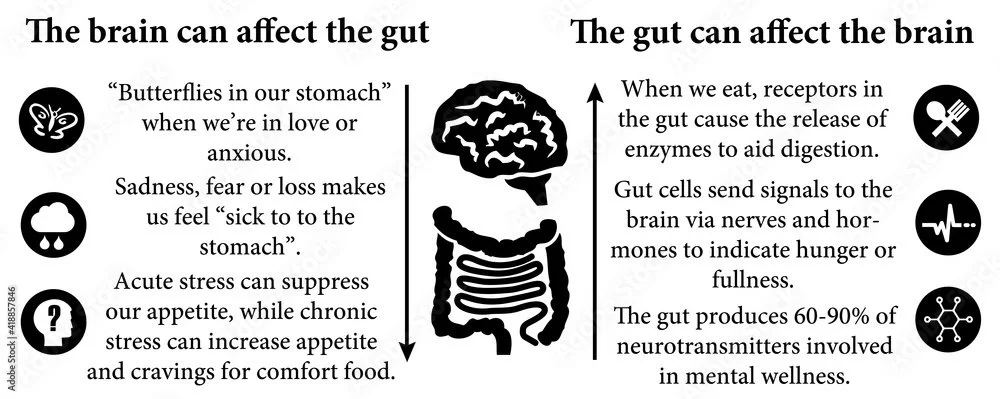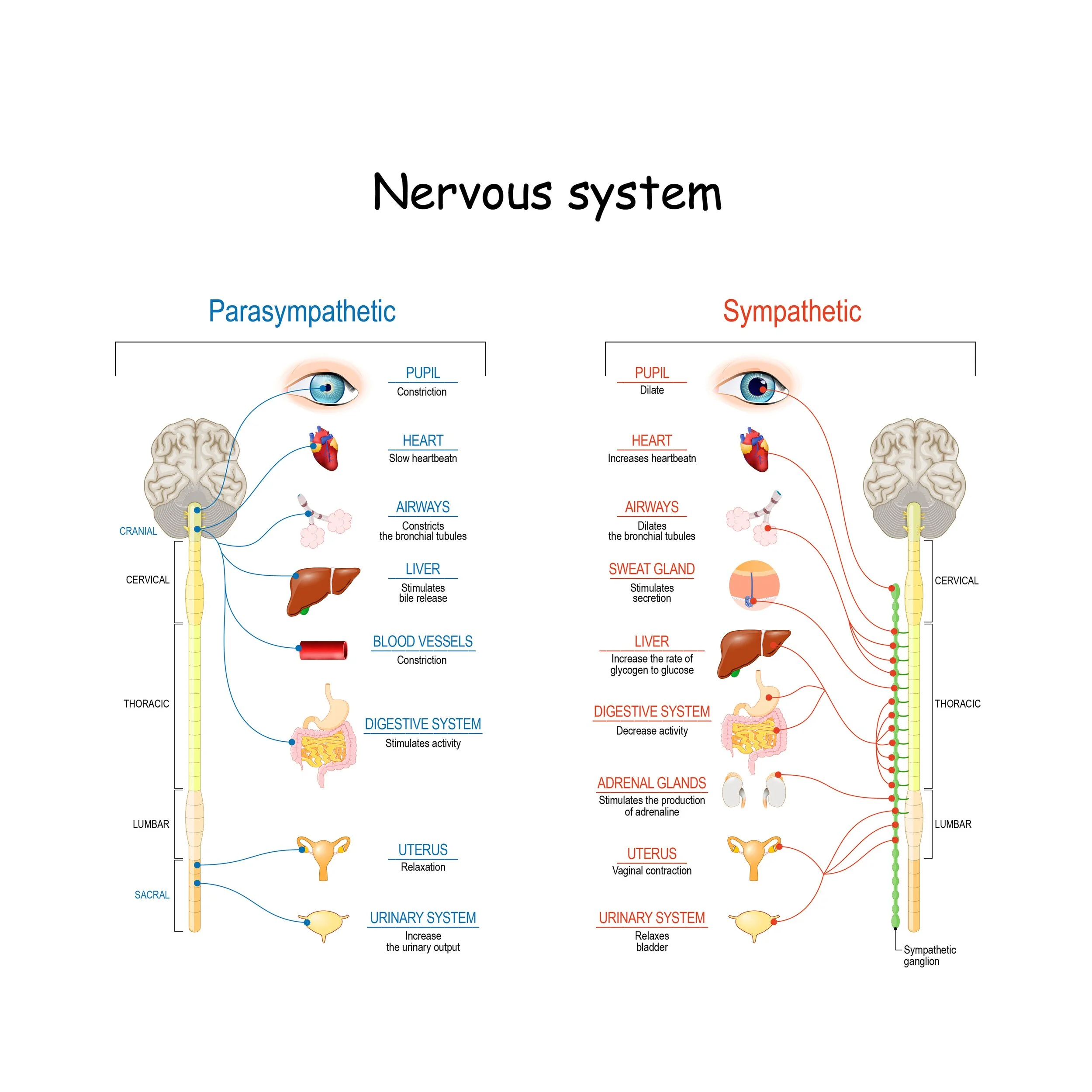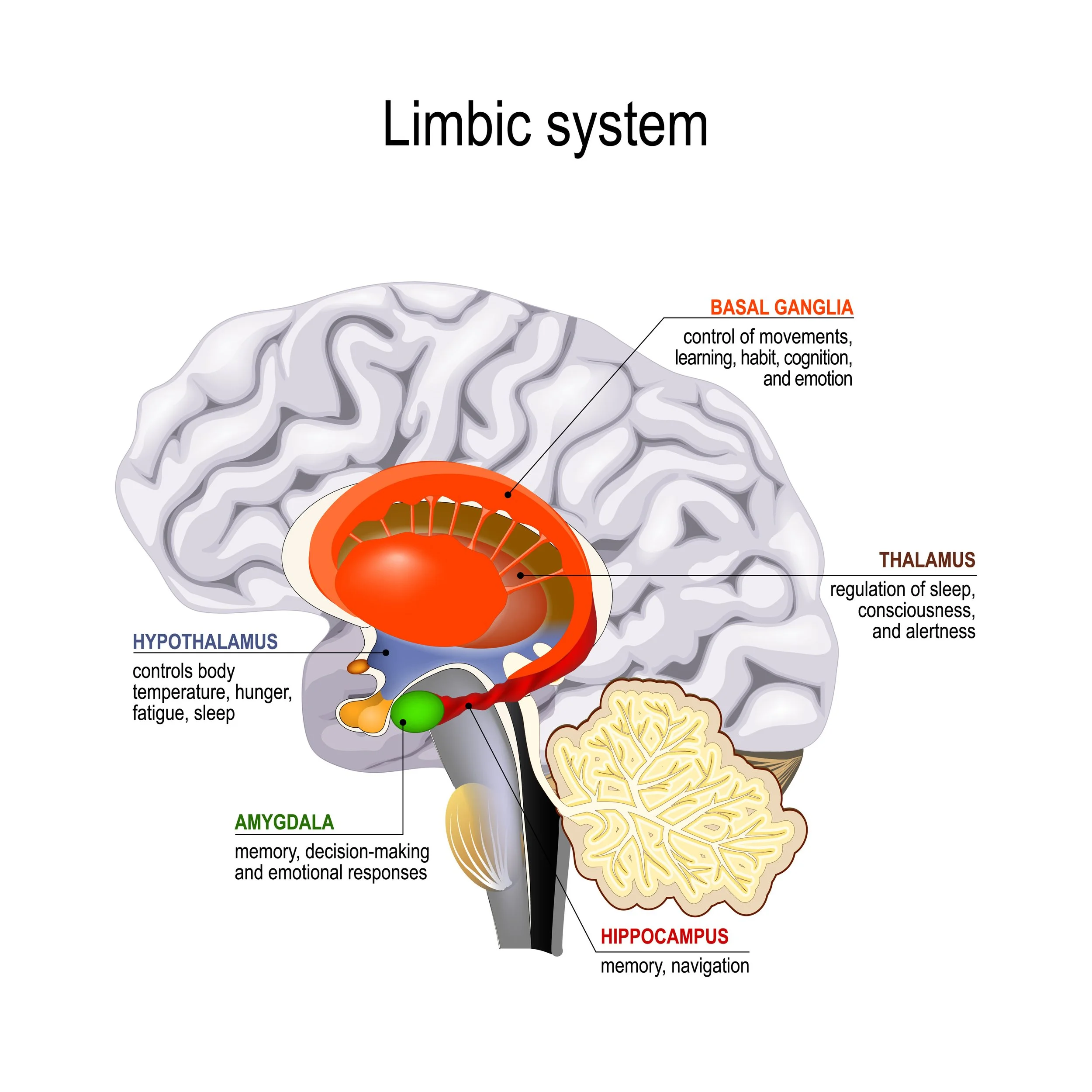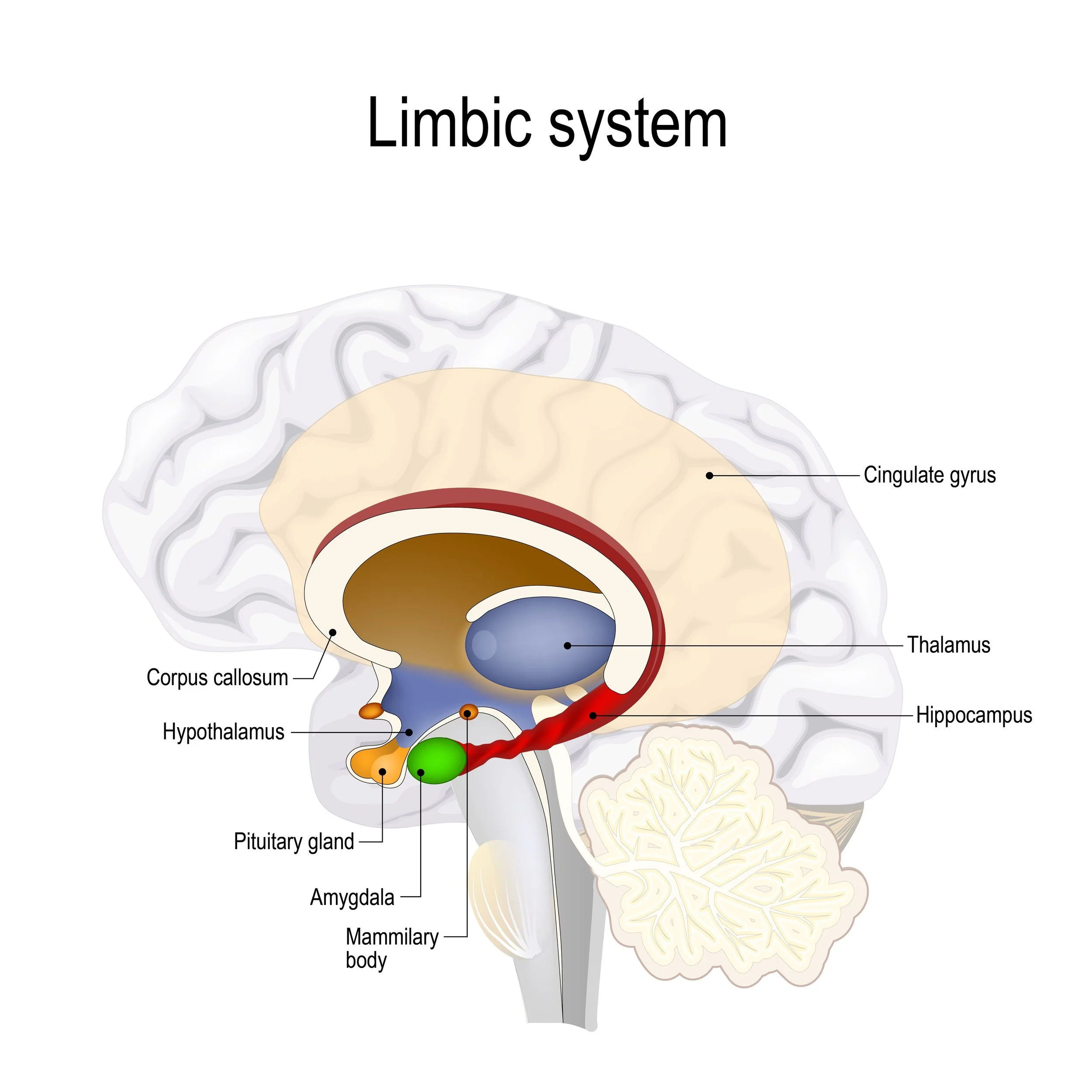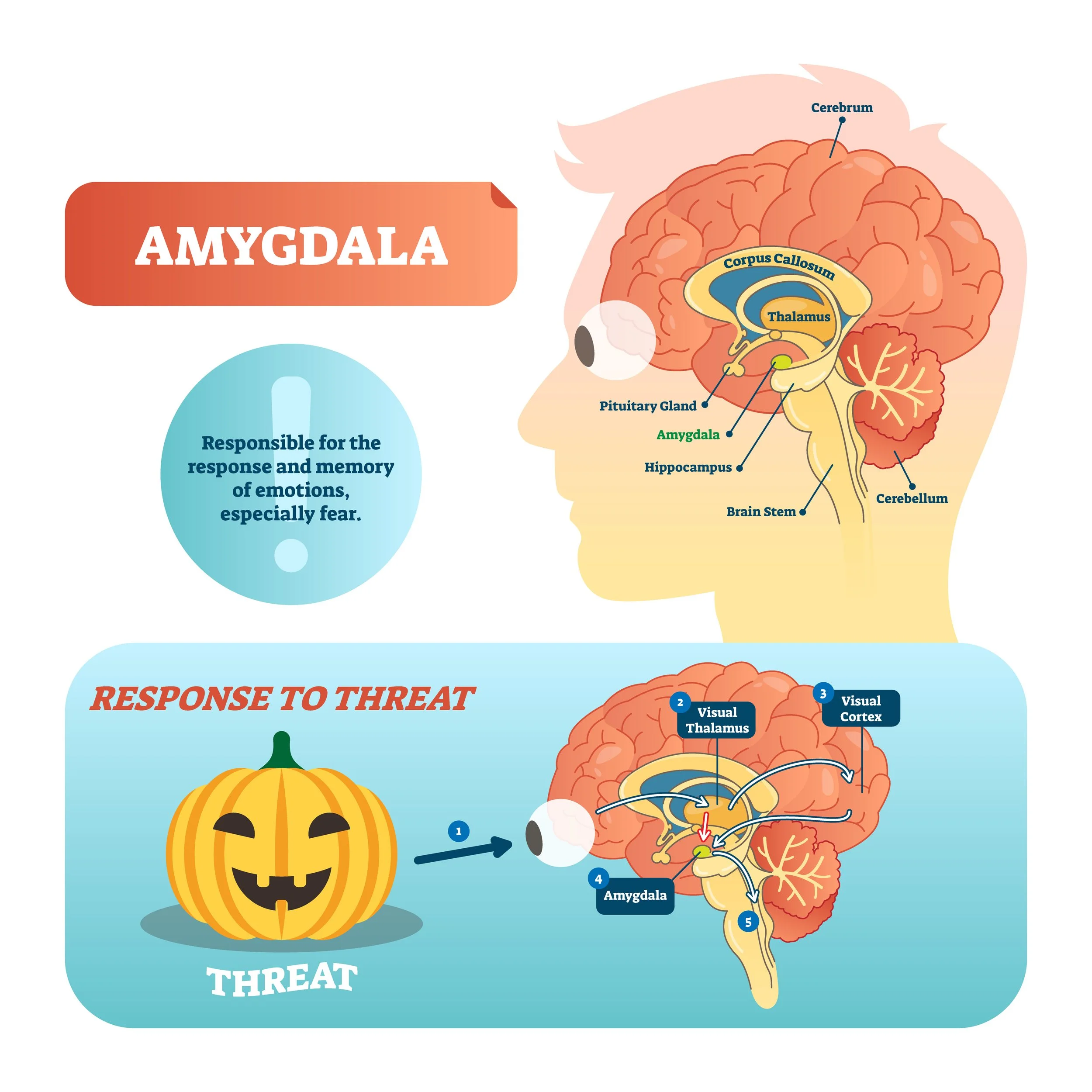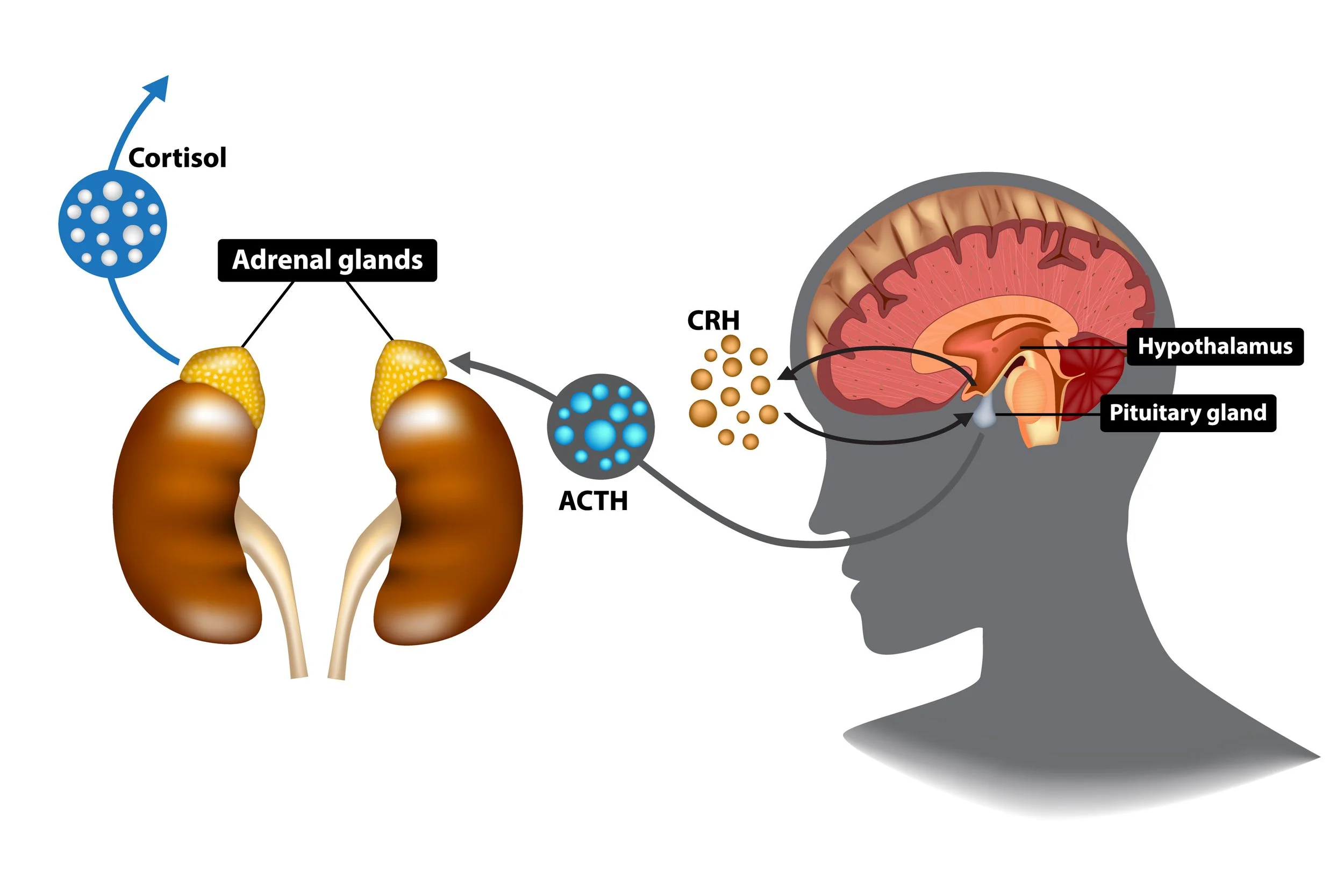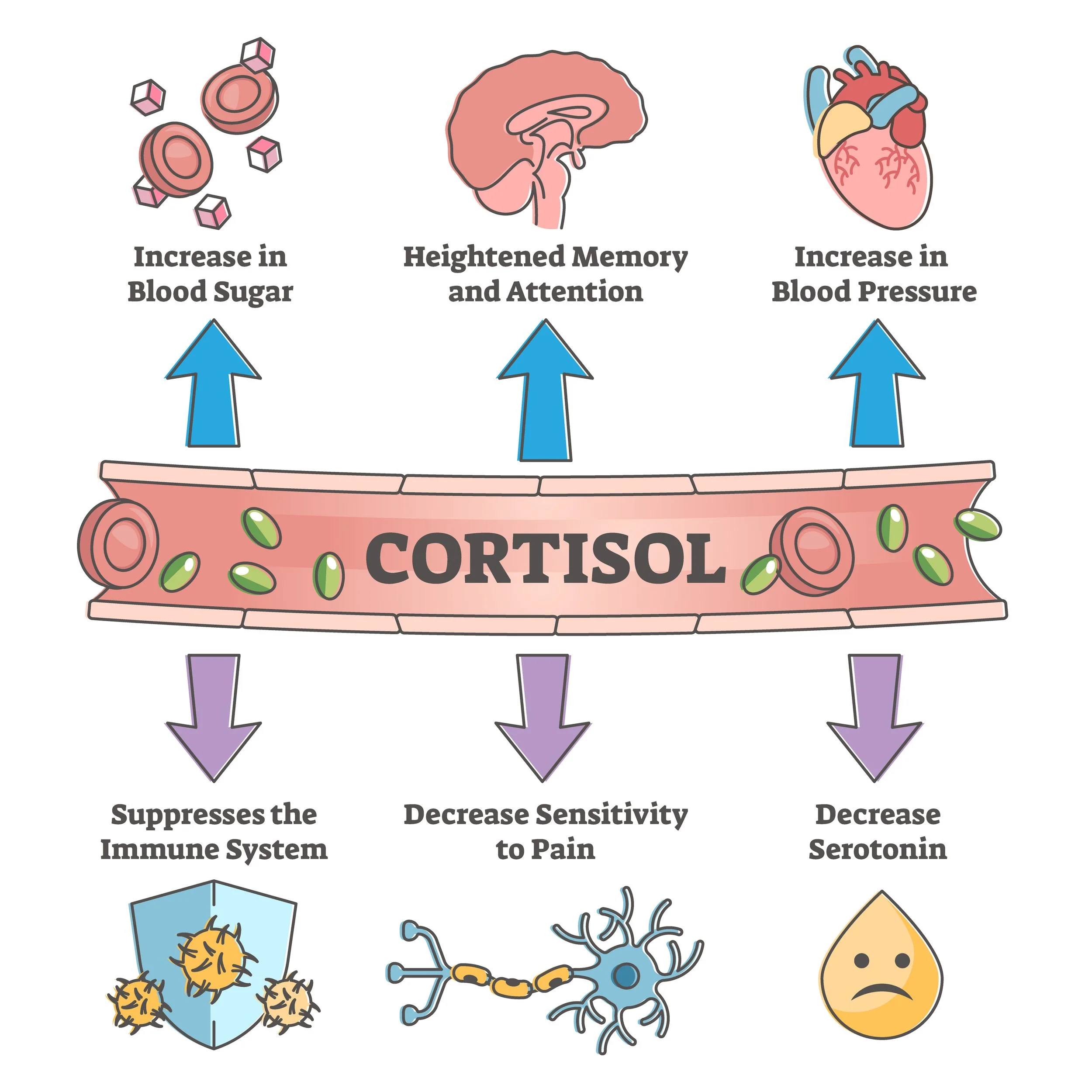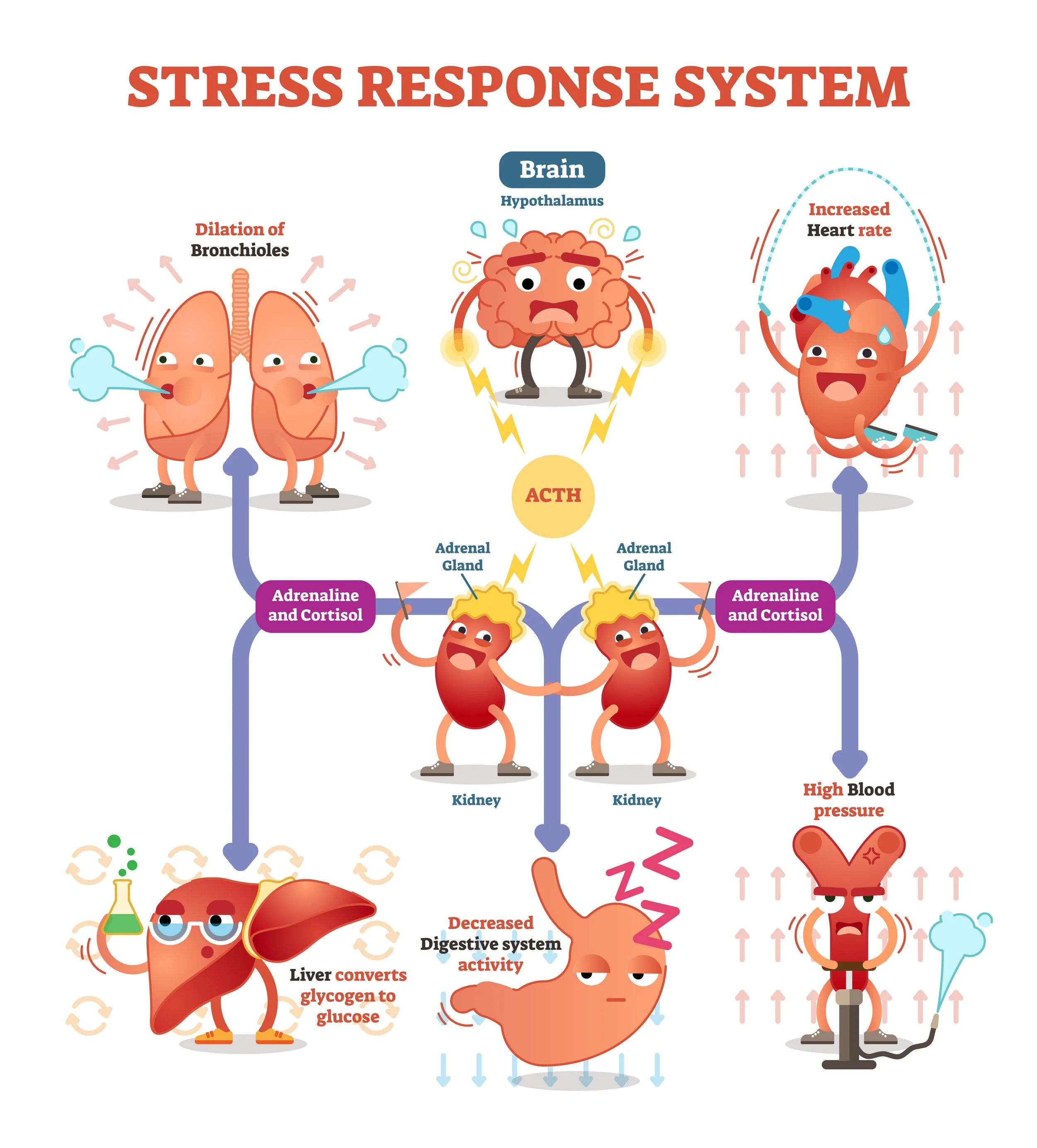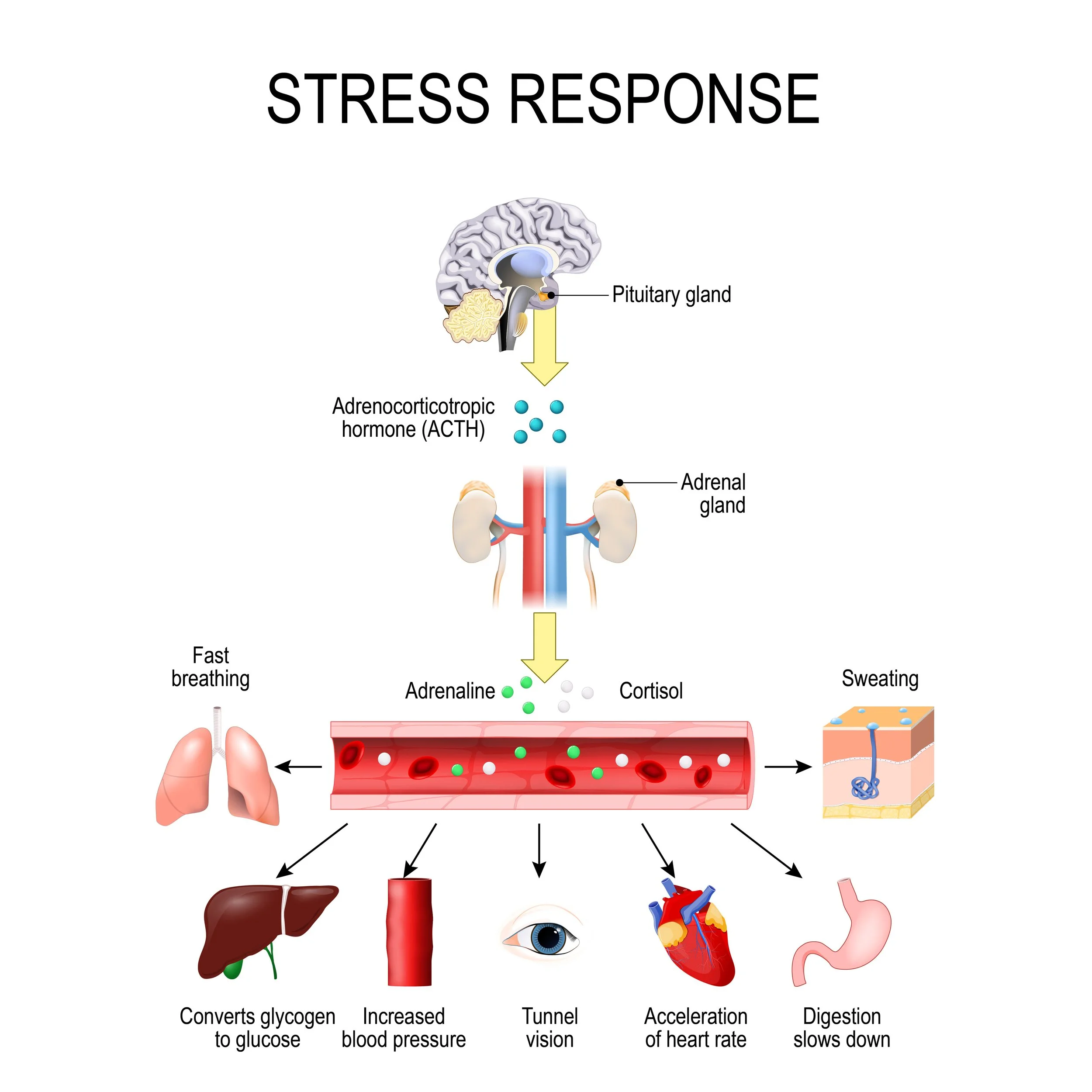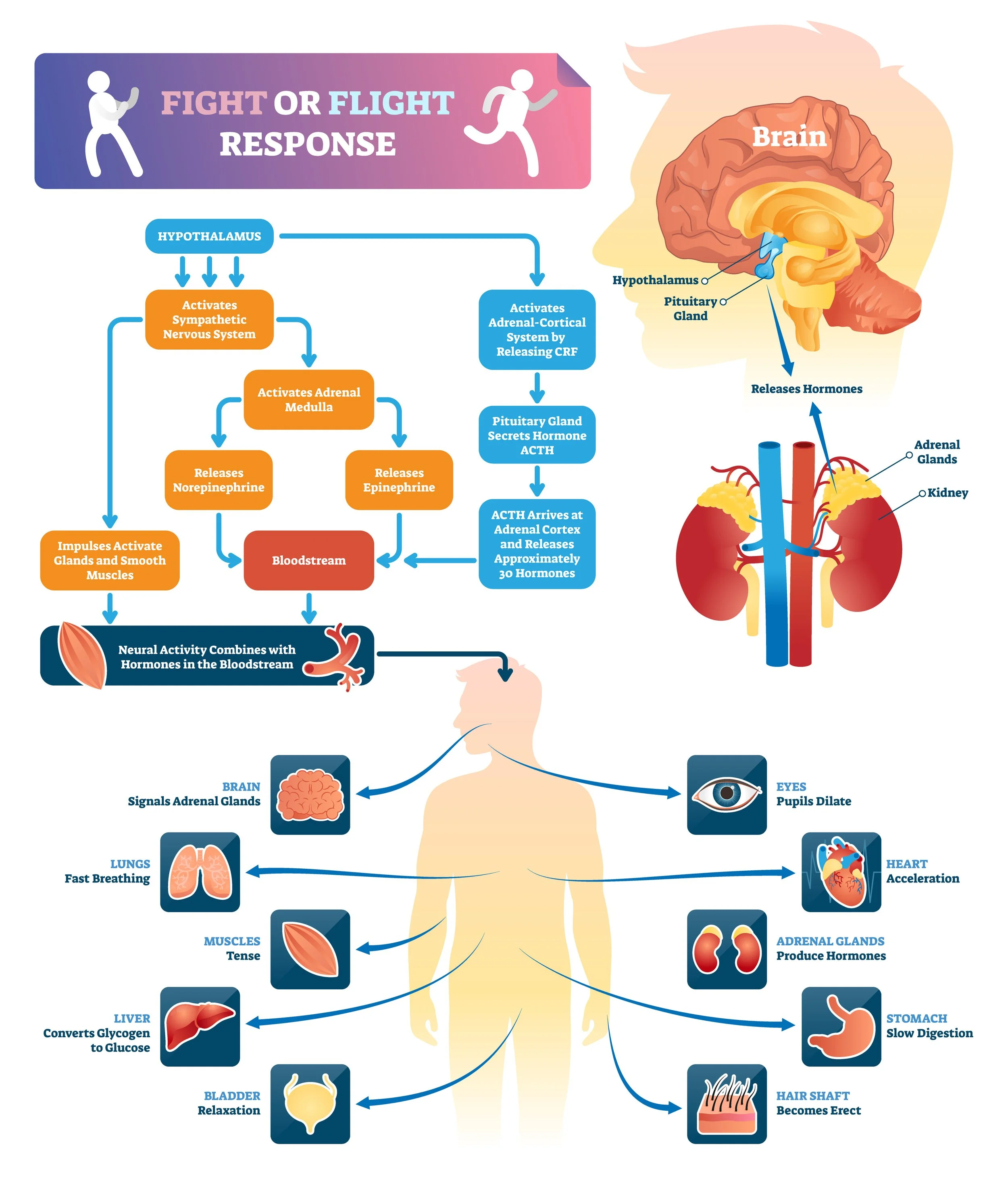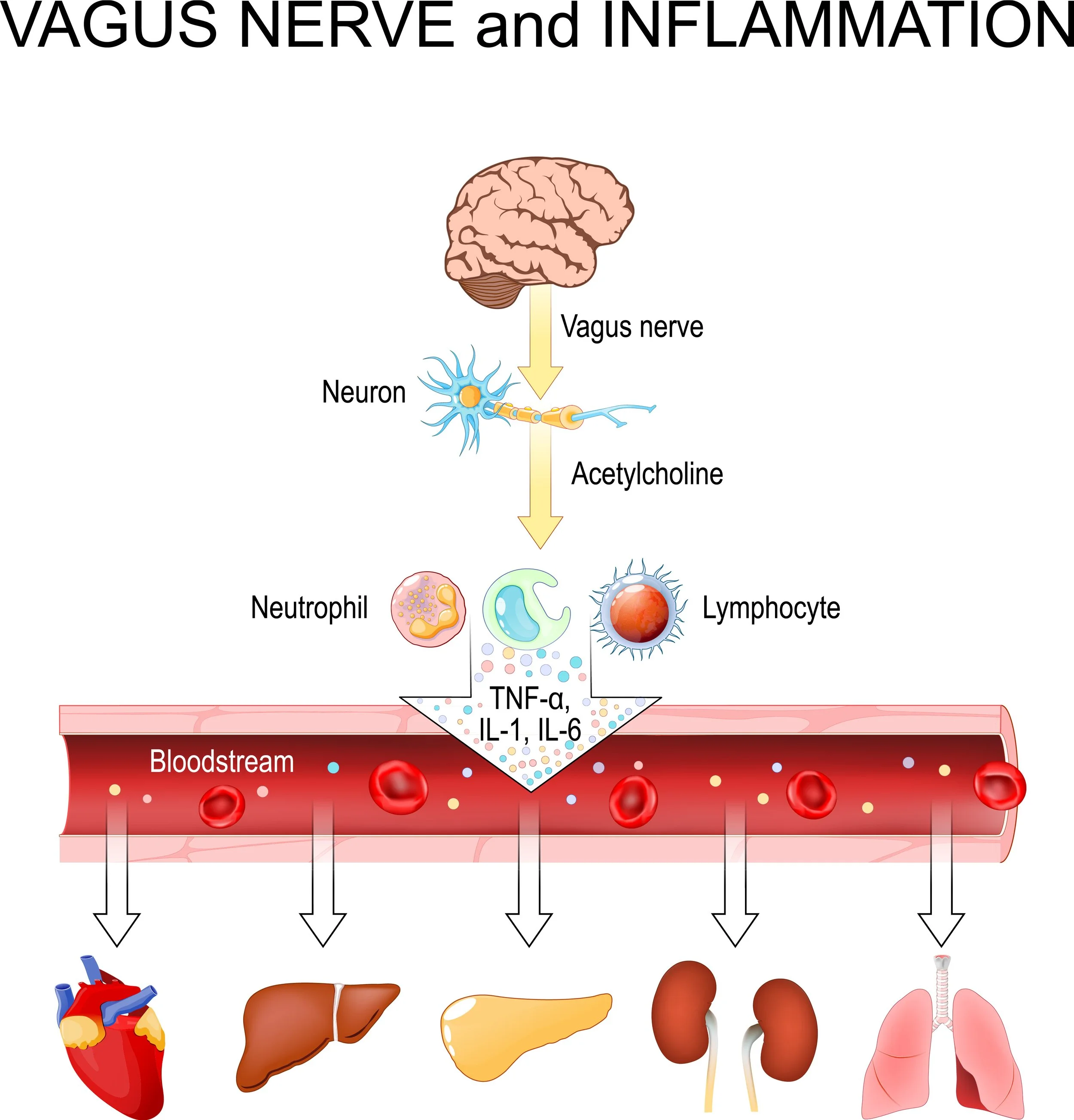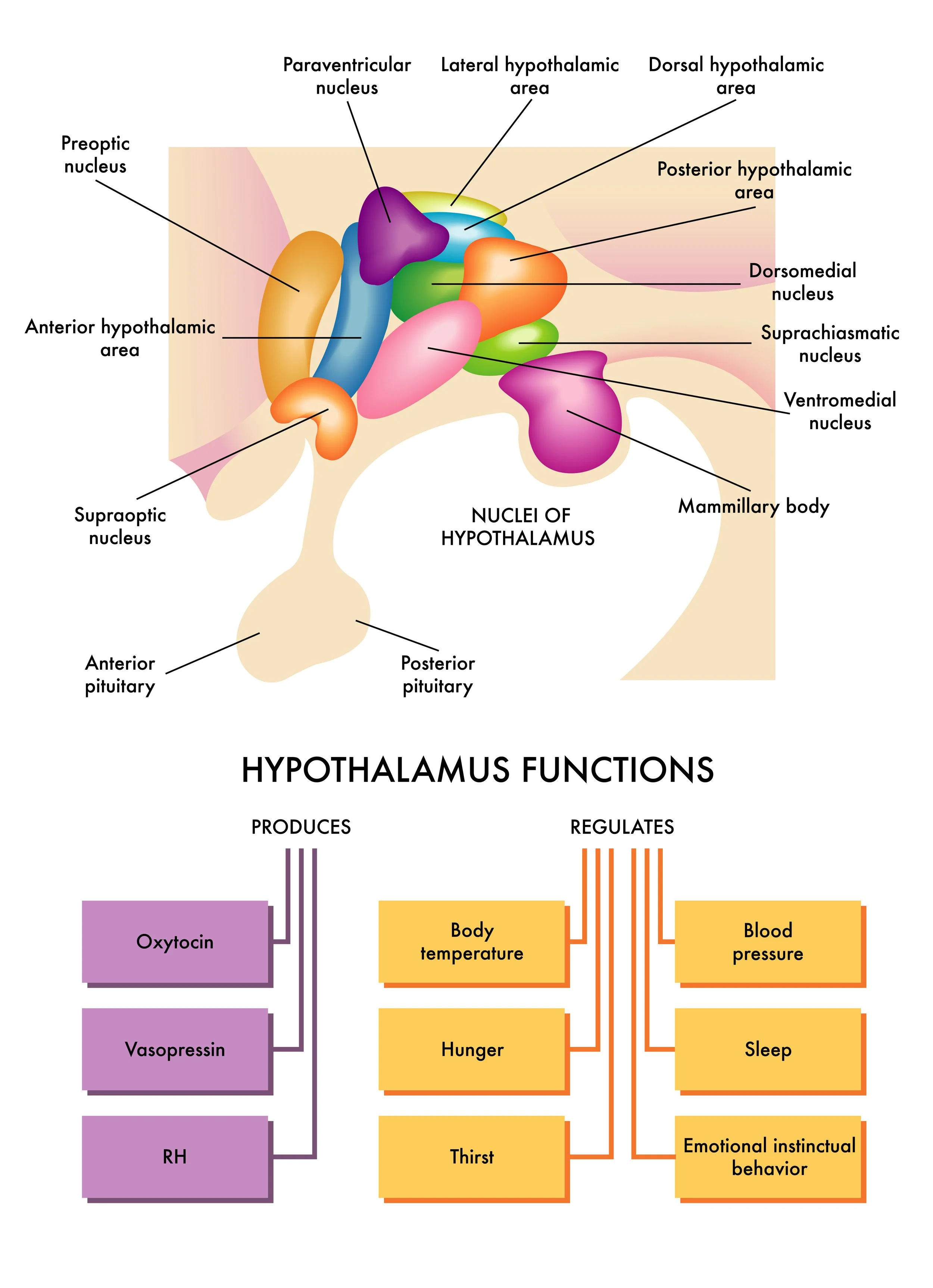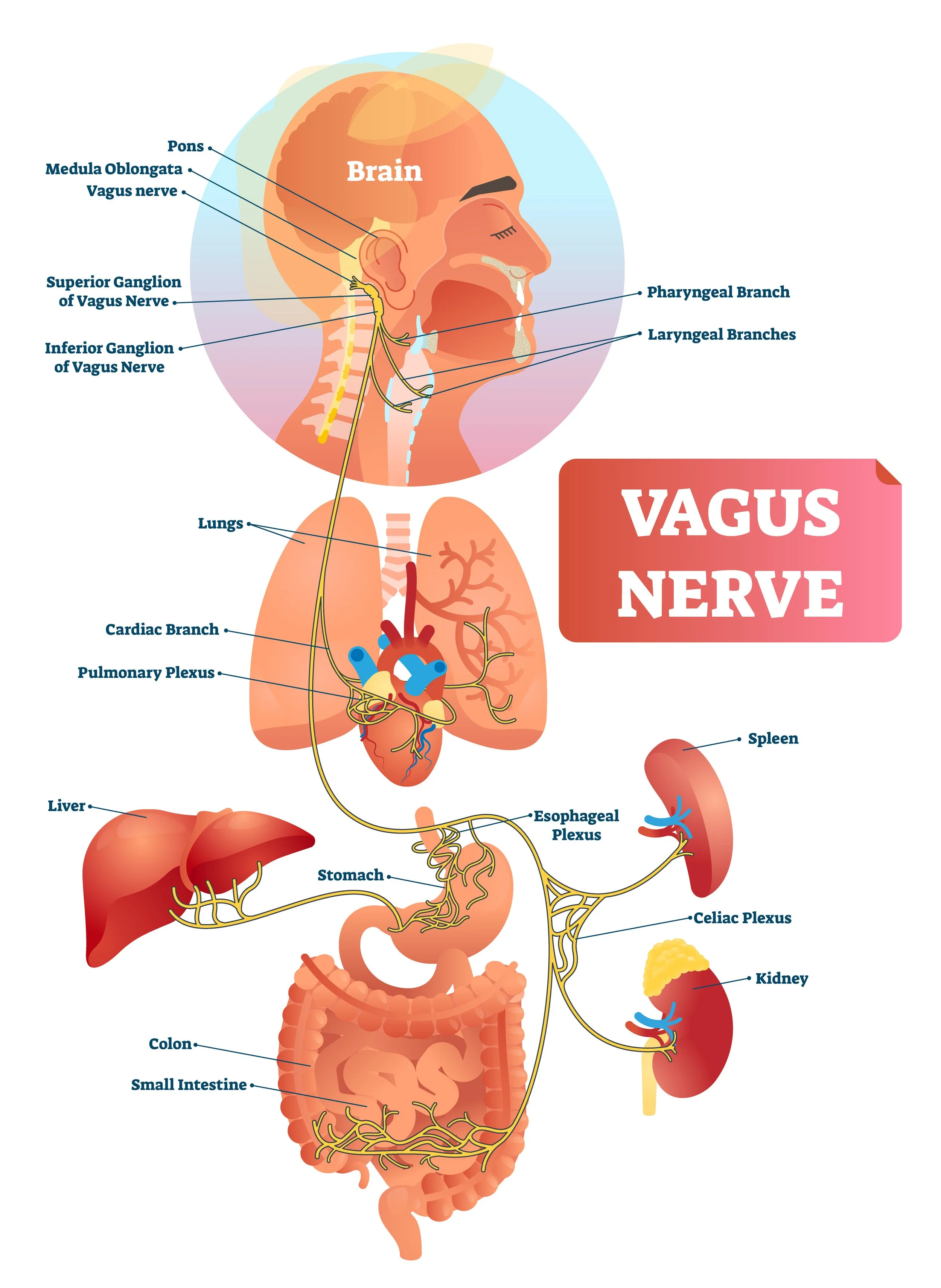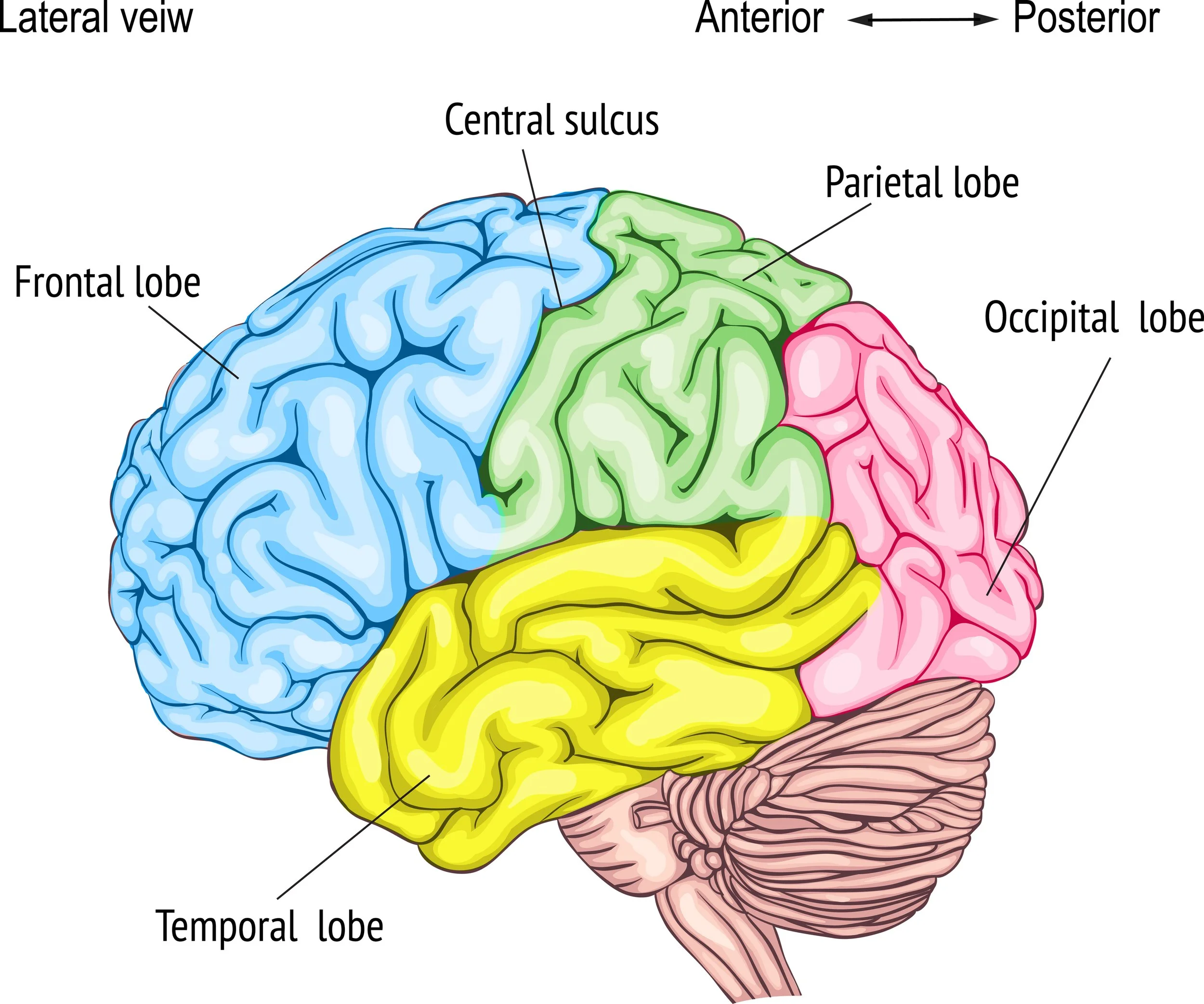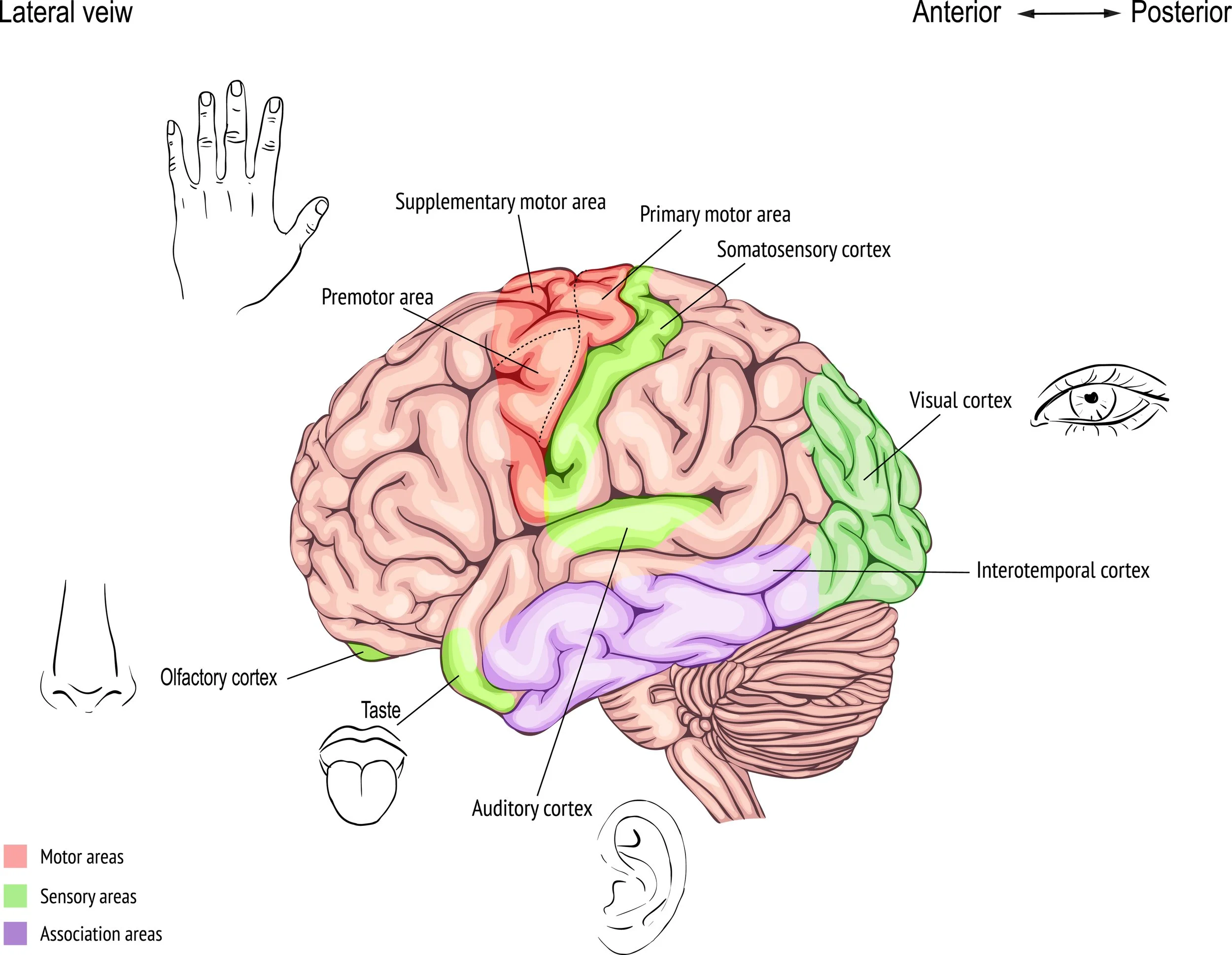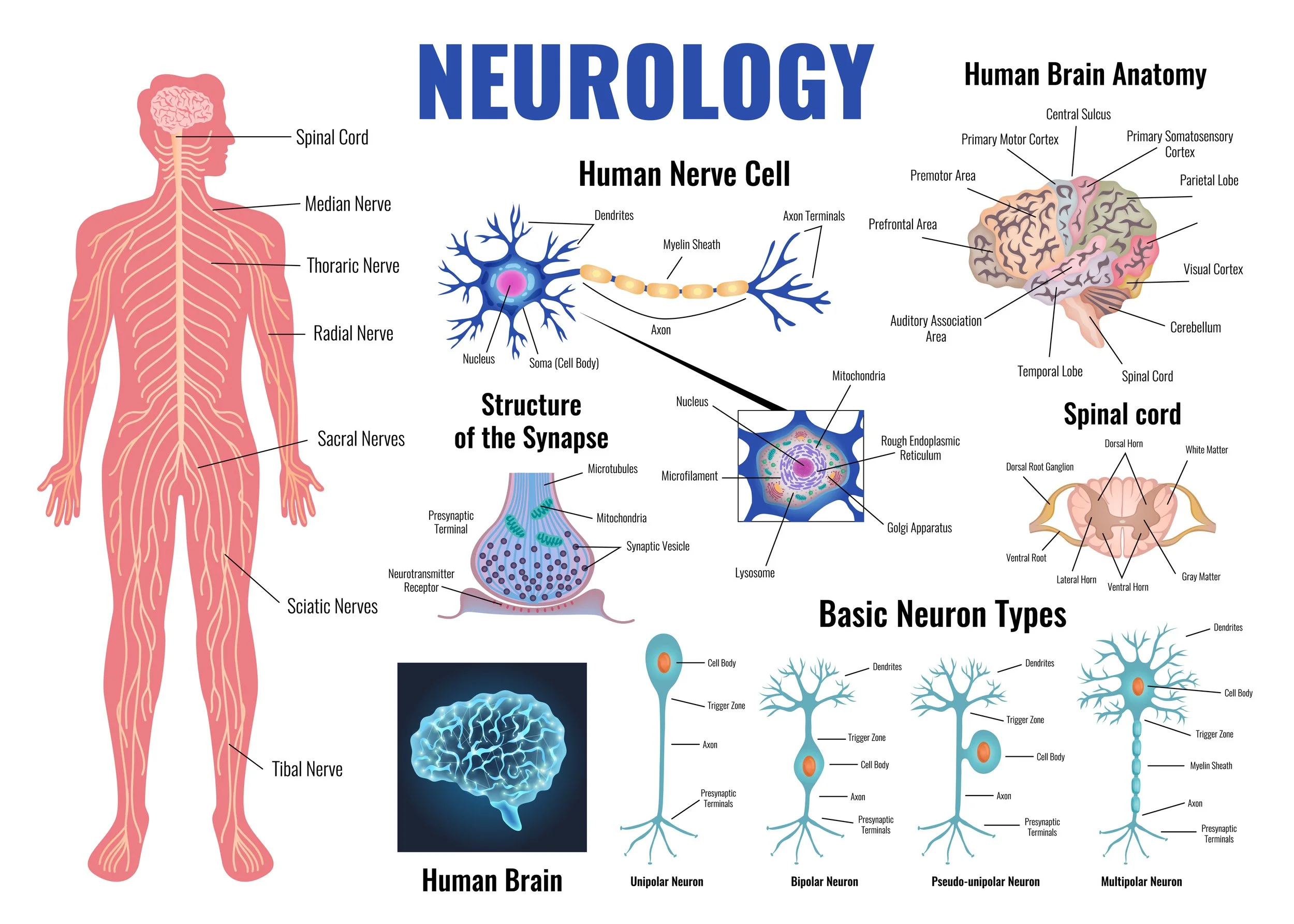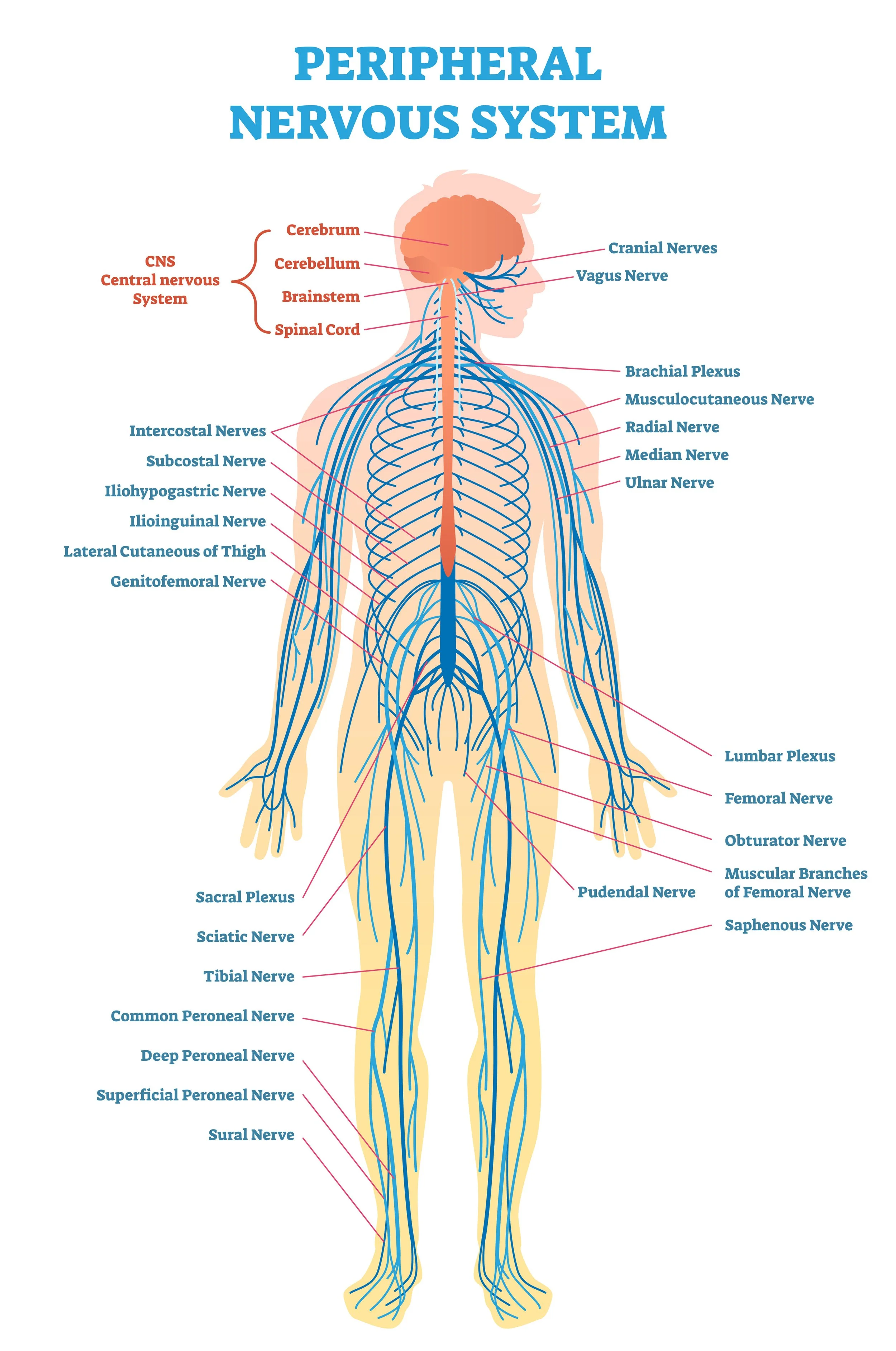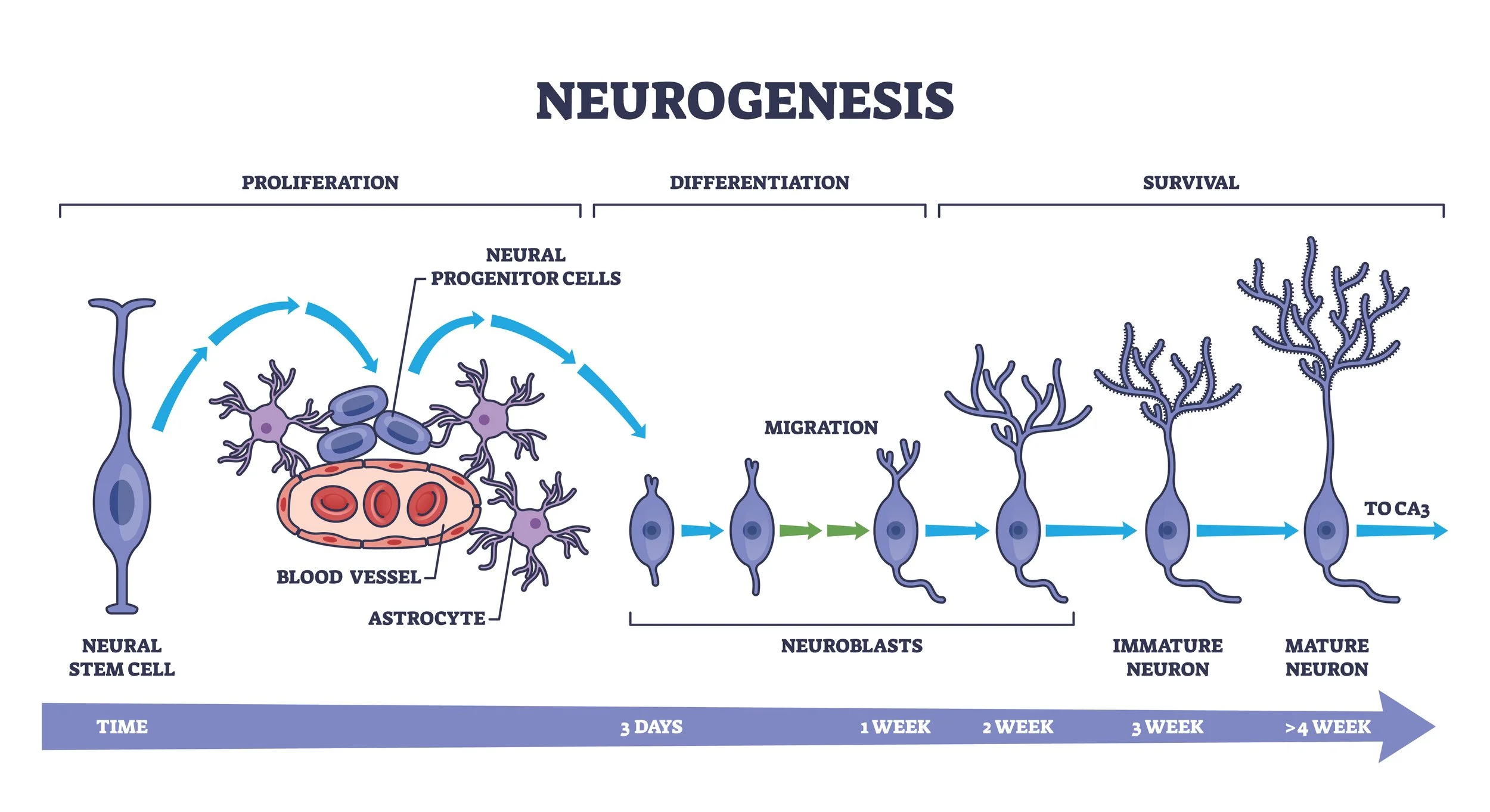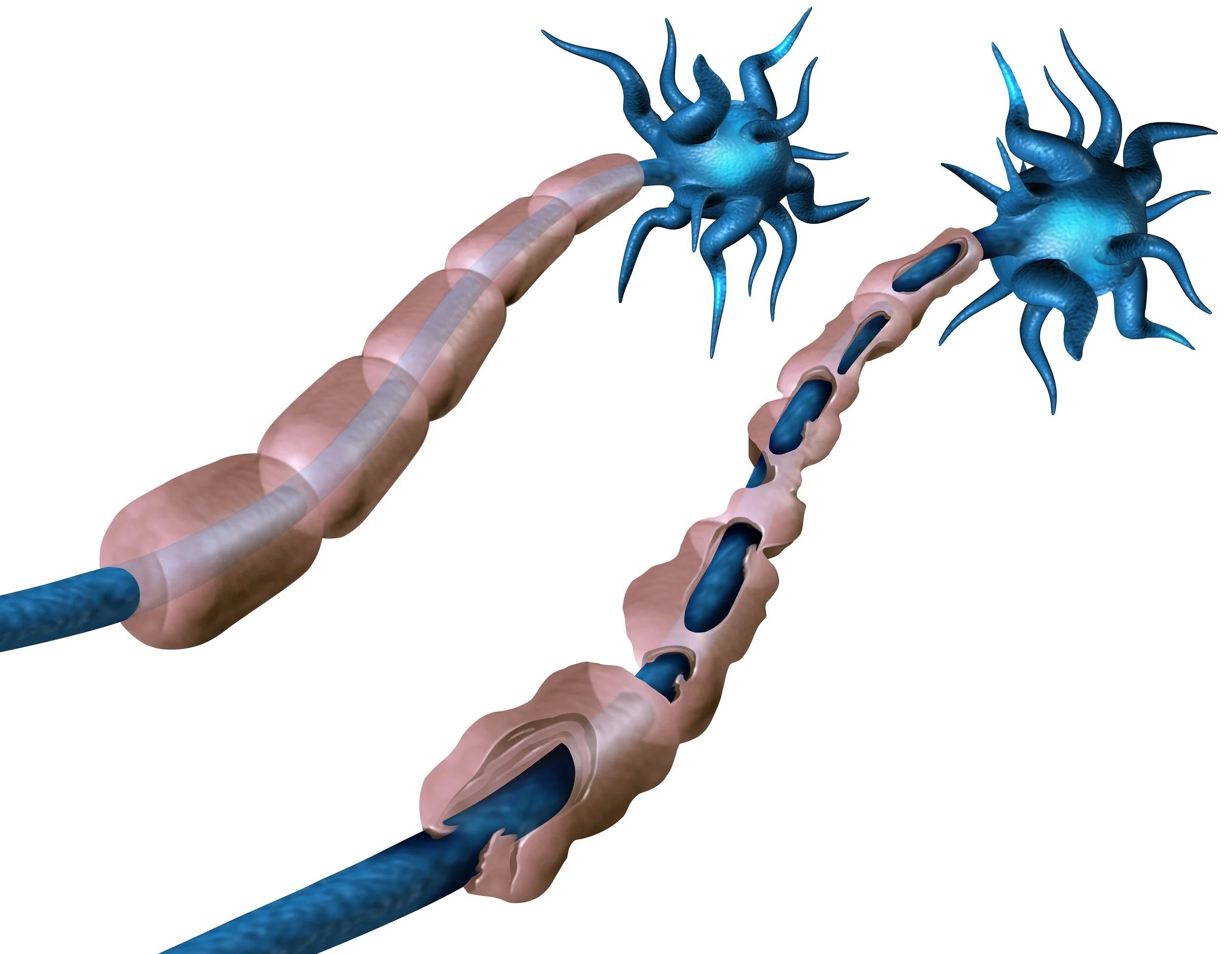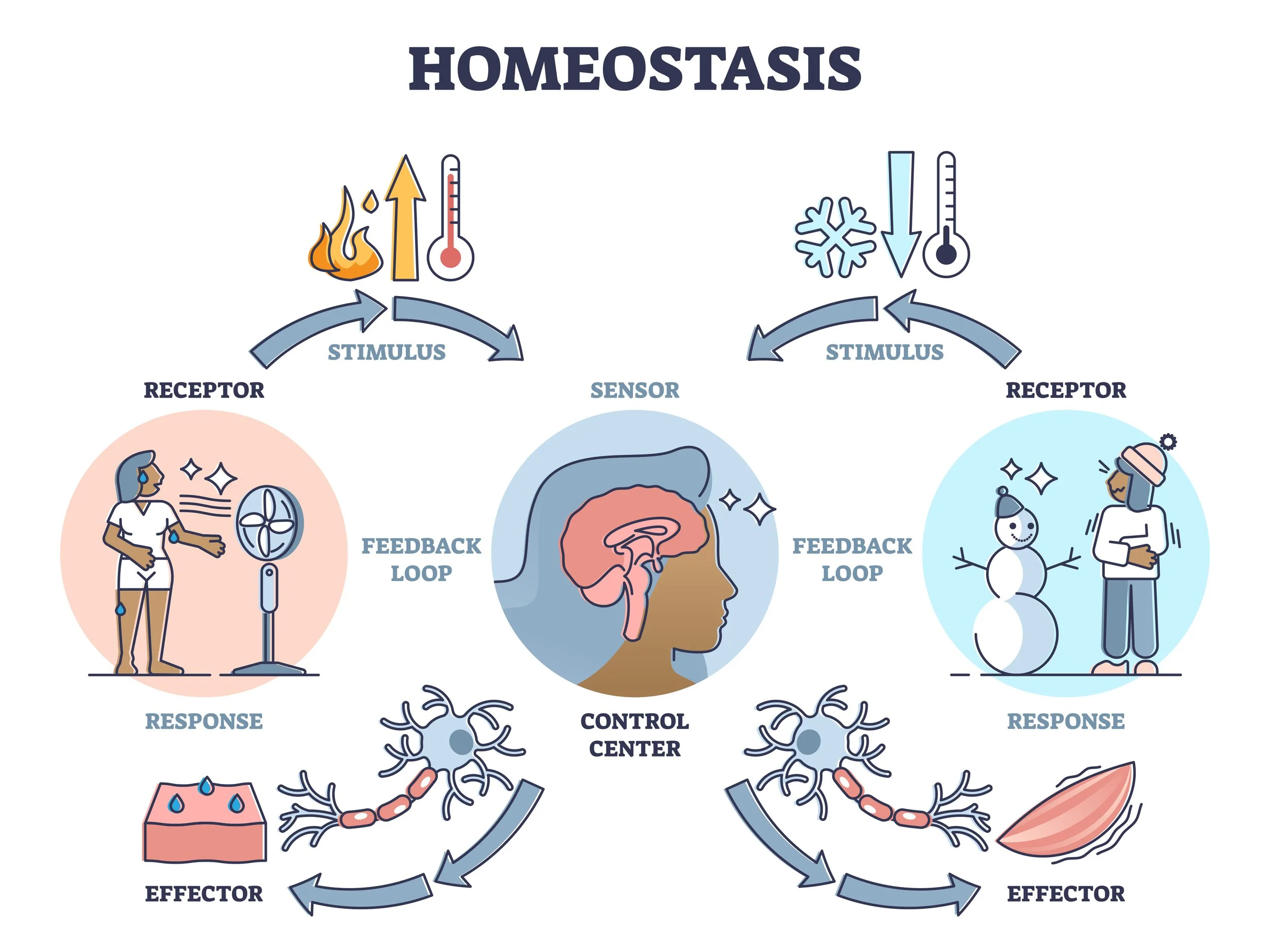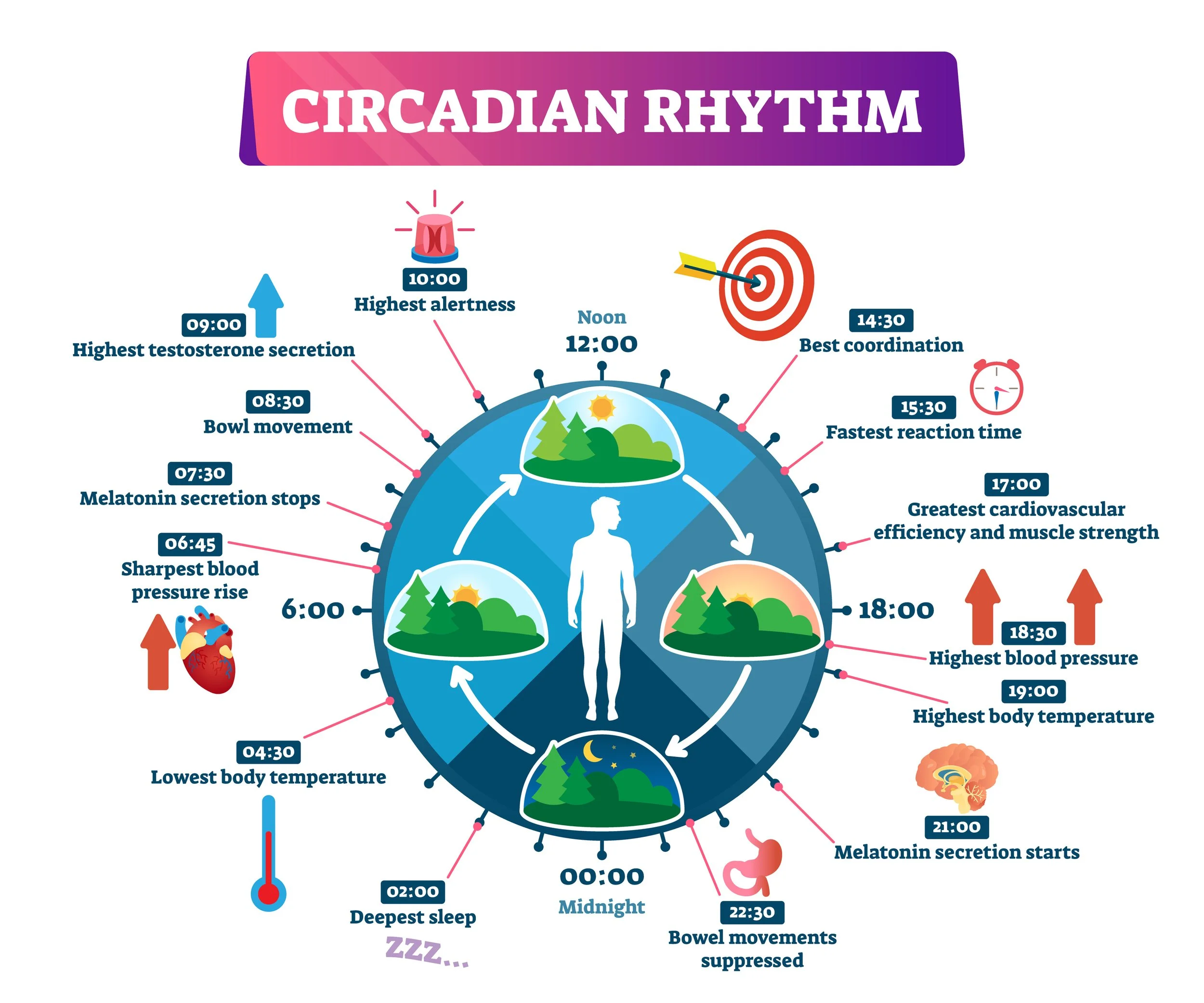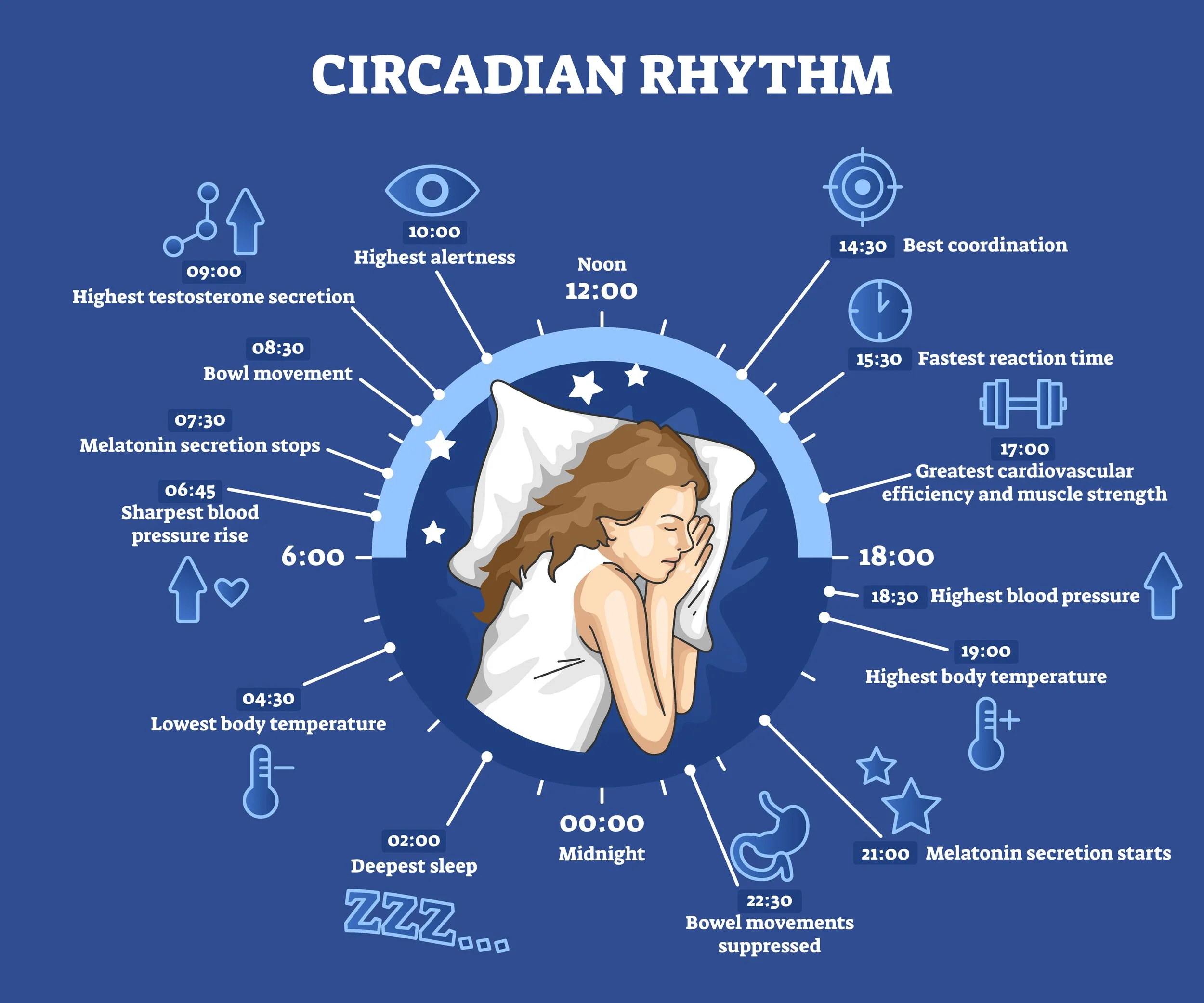NeuroResponse Pattern Theory™
Understanding the Patterns Within
NeuroResponse Pattern Theory™, developed by Rachel Hatfield, M.S., LPC-S, LMFT-S, RPT-S™, TAC-S, is a neuroscience-informed, relational, and somatic psychotherapy theory. It explores how the body’s neurochemical responses to stress become encoded into long-lasting emotional, cognitive, behavioral, and physiological patterns.
Rather than pathologizing these patterns, the theory reframes them as intelligent and adaptive responses to the body’s perception of threat, disconnection, or overwhelm. These are not dysfunctions, but survival strategies shaped by experience, chemistry, and the autonomic nervous system’s effort to protect the individual.
-
Rachel’s clinical career spans over 15 years and reflects a unique synthesis of somatic, developmental, experiential, and trauma-informed work. A pivotal moment in her journey was becoming a Registered Play Therapist-Supervisor™, which reshaped her view of healing. She began to see it not only as a cognitive process but also as a sensory, relational, and symbolic one.
Working with clients across the lifespan, she recognized that play and creative expression access parts of the nervous system and emotional memory often unreachable by talk therapy alone. This insight opened the door to blending highly effective elements of CBT™, somatic psychology, Polyvagal Theory™, attachment science, and expressive therapies into a cohesive, embodied approach.
Rachel’s additional training as a Somatic Psychotherapist, EMDR™ clinician, and Somatic Experiencing® practitioner revealed an ongoing theme: many existing models offered tools, but lacked a unifying lens for understanding how neurochemical stress responses drive behavior, emotion, and nervous system states.
This led to the creation of NeuroResponse Pattern Theory™—a theory that explains how the body’s unique neurochemical “signature” is shaped by stress and reactivated across relationships, environments, and time.
-
NeuroResponse Pattern Theory™ is not a technique. It is a lens—a way of understanding what is happening beneath the surface of any therapeutic approach.
This lens helps clinicians:
Track how neurochemical patterns form and repeat across time
Understand how internal states (interoception, proprioception, vestibular awareness, and introspection) interact with external cues (exteroception and relational neuroception™)
Map nervous system states to behavior and clinical presentation with greater clarity
Integrate attention-based strategies like mindfulness, EMDR™, and play therapy with biological insight
Recognize that all behavior, sensation, and emotional responses make sense within context, especially when grounded in a client’s relational and developmental history
The theory reinforces the idea that we cannot fully understand a client’s response pattern without also understanding their life story, their relational wiring, and the physiological language of their body.
-
NeuroResponse Pattern Theory™ is built upon decades of research and clinical insight. While it introduces a unique synthesis, it is not a new science. It integrates contributions from the following domains and thought leaders:
Neuroscience and Neuroendocrinology
(Candace Pert, Eric Kandel, Ruth Lanius)Polyvagal Theory™ and Neuroception™
(Stephen Porges, Ph.D.)Interpersonal Neurobiology™
(Dan Siegel, M.D.)Somatic Experiencing®
(Peter Levine, Ph.D.)Sensorimotor Psychotherapy™
(Pat Ogden, Ph.D.)EMDR™
(Francine Shapiro, Ph.D.)Attachment Theory and Trauma-Informed Care
(Bessel van der Kolk, Eliana Gil, Bruce Perry)Play Therapy Across the Lifespan
(Virginia Axline, Eliana Gil, Violet Oaklander)Cognitive Behavioral Therapy™ (CBT™), Gestalt Therapy, Person-Centered Therapy
(Aaron & Judith Beck, Fritz Perls, Carl Rogers)Humanistic Psychology
(Abraham Maslow)Mindfulness and Attention-Based Practices
(Jon Kabat-Zinn, Thich Nhat Hanh, others)Cellular Biology and Inflammation Research
(linking chronic stress to gene expression, inflammation, and autoimmune function)Gabor Maté, M.D.
(connecting trauma, emotional repression, and physical illness)
Each of these contributions offered vital insight. Together, they shaped Rachel’s understanding of the body-mind system and inspired a trauma-informed, developmentally responsive, and non-pathologizing way to help people recognize, track, and transform patterns of survival that no longer serve them.
-
To apply this theory in real-world clinical settings, Rachel developed the Celestial Therapy Method™. This is a structured, experiential, and relational model that brings NeuroResponse Pattern Theory™ to life through integrative therapeutic techniques.
The method helps practitioners:
Witness and track patterned responses with curiosity and compassion
Attune to internal cues and relational dynamics
Align with present-day needs and safety
Transform reactive, survival-based patterns into embodied, flexible responses
This four-phase approach—Witness, Attune, Align, Transform—is known as The Celestial Process™. It is the clinical roadmap that supports clients in moving from automatic reaction to intentional regulation.
-
Neurochemical Stress Signatures
The body encodes stress responses chemically. These internal signatures shape how we perceive, behave, and emotionally respond to new experiences.Nervous System Mapping
Clinicians can track emotional and behavioral symptoms by mapping internal states, including interoception, proprioception, vestibular signals, and introspection.Contextual Safety and Relational History
All behavior makes sense in context. A client’s history of relationships, stress, and attachment informs how the nervous system interprets safety and threat.Relational Attunement and Attention-Based Change
Selective attention, co-regulation, and attuned presence are not just therapeutic techniques—they are active neurobiological mechanisms for change.
Influences on the Development of NeuroResponse Pattern Theory™
The development of NeuroResponse Pattern Theory™, created by Rachel Hatfield, M.S., LPC-S, LMFT-S, RPT-S™, TAC-S, has been significantly shaped by the published works of the following authors and many others. These citations do not imply formal endorsement but serve to acknowledge the foundational knowledge and interdisciplinary frameworks that contributed to this integrative psychotherapy theory. Each work listed below has played a role in informing the neurobiological, somatic, cognitive, developmental, and relational dimensions of this model.
Axline, V. M. (1947). Play therapy. Houghton Mifflin.
Beck, J. S. (2011). Cognitive behavior therapy: Basics and beyond (2nd ed.). Guilford Press.
Gil, E. (2006). Helping abused and traumatized children: Integrating directive and nondirective approaches. Guilford Press.
Kabat-Zinn, J. (1990). Full catastrophe living: Using the wisdom of your body and mind to face stress, pain, and illness. Dell Publishing.
Kandel, E. R. (2006). In search of memory: The emergence of a new science of mind. W. W. Norton & Company.
Lanius, R. A., Vermetten, E., & Pain, C. (Eds.). (2010). The impact of early life trauma on health and disease: The hidden epidemic. Cambridge University Press.
Levine, P. A. (2010). In an unspoken voice: How the body releases trauma and restores goodness. North Atlantic Books.
Maslow, A. H. (1968). Toward a psychology of being (2nd ed.). Van Nostrand Reinhold.
Maté, G. (2022). The myth of normal: Trauma, illness, and healing in a toxic culture. Avery.
Ogden, P., Minton, K., & Pain, C. (2006). Trauma and the body: A sensorimotor approach to psychotherapy. W. W. Norton & Company.
Oaklander, V. (1988). Windows to our children: A Gestalt therapy approach to children and adolescents. The Center for Gestalt Development.
Pert, C. B. (1997). Molecules of emotion: The science behind mind-body medicine. Scribner.
Perls, F. S. (1969). Gestalt therapy verbatim. Real People Press.
Porges, S. W. (2011). The polyvagal theory: Neurophysiological foundations of emotions, attachment, communication, and self-regulation. W. W. Norton & Company.
Porges, S. W. (2004). Neuroception: A subconscious system for detecting threats and safety. Zero to Three, 24(5), 19–24.
Perry, B. D., & Szalavitz, M. (2006). The boy who was raised as a dog: And other stories from a child psychiatrist's notebook. Basic Books.
Rogers, C. R. (1961). On becoming a person: A therapist's view of psychotherapy. Houghton Mifflin.
Schore, A. N. (2012). The science of the art of psychotherapy. W. W. Norton & Company.
Shapiro, F. (2018). Eye movement desensitization and reprocessing (EMDR) therapy: Basic principles, protocols, and procedures (3rd ed.). Guilford Press.
Siegel, D. J. (2012). The pocket guide to interpersonal neurobiology: An integrative handbook of the mind. W. W. Norton & Company.
Siegel, D. J. (2020). The developing mind: How relationships and the brain interact to shape who we are (3rd ed.). Guilford Press.
Thich Nhat Hanh. (1975). The miracle of mindfulness: An introduction to the practice of meditation. Beacon Press.
Van der Kolk, B. A. (2014). The body keeps the score: Brain, mind, and body in the healing of trauma. Viking.
Ziegler, D. (2002). Trauma and resiliency: A healing partnership. The Jasper Mountain Series.
